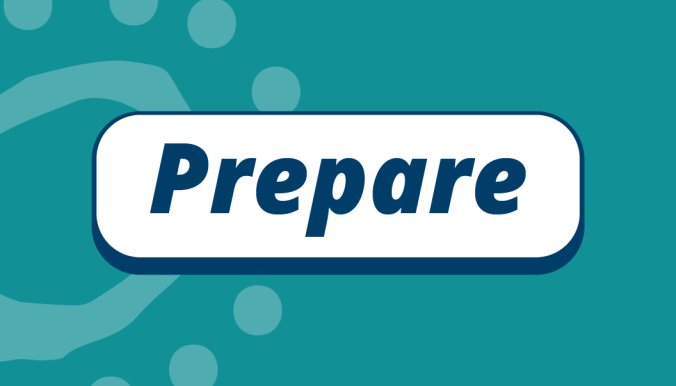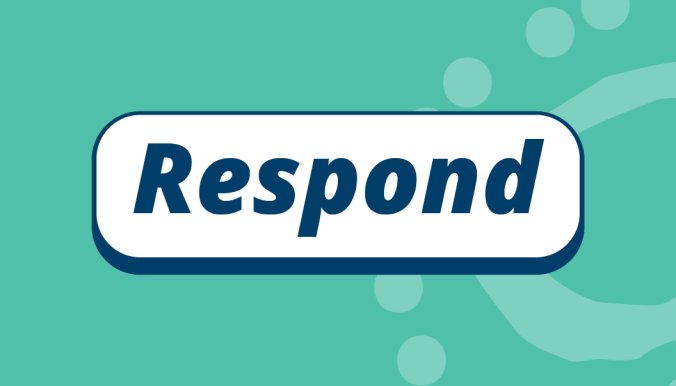Disaster readiness
Supporting primary care through disasters and emergencies
Disasters and emergency events can impact your general practice or primary health care business operations and ability to provide essential healthcare services to patients and the wider community.
While local and state governments are responsible for managing disaster and emergency responses in our communities, Brisbane South PHN helps to support local primary health care providers, including general practices, allied health practices and our commissioned health services to prepare, respond and recover from disasters and emergencies.
We work with our regional hospital and health services partner, Metro South Health, local councils, and other disaster recovery and resilience groups to support disaster management efforts in the Brisbane South PHN region.
Find tips and important resources in the following pages to help your general practice or primary health care service to prepare, respond and recover from disasters and emergencies.

Be prepared so when disasters happen, you and your staff are ready to respond.

Be ready to respond to the community's health and wellbeing needs during an emergency or disaster.

Support for wellbeing and community recovery efforts after an emergency or disaster.





